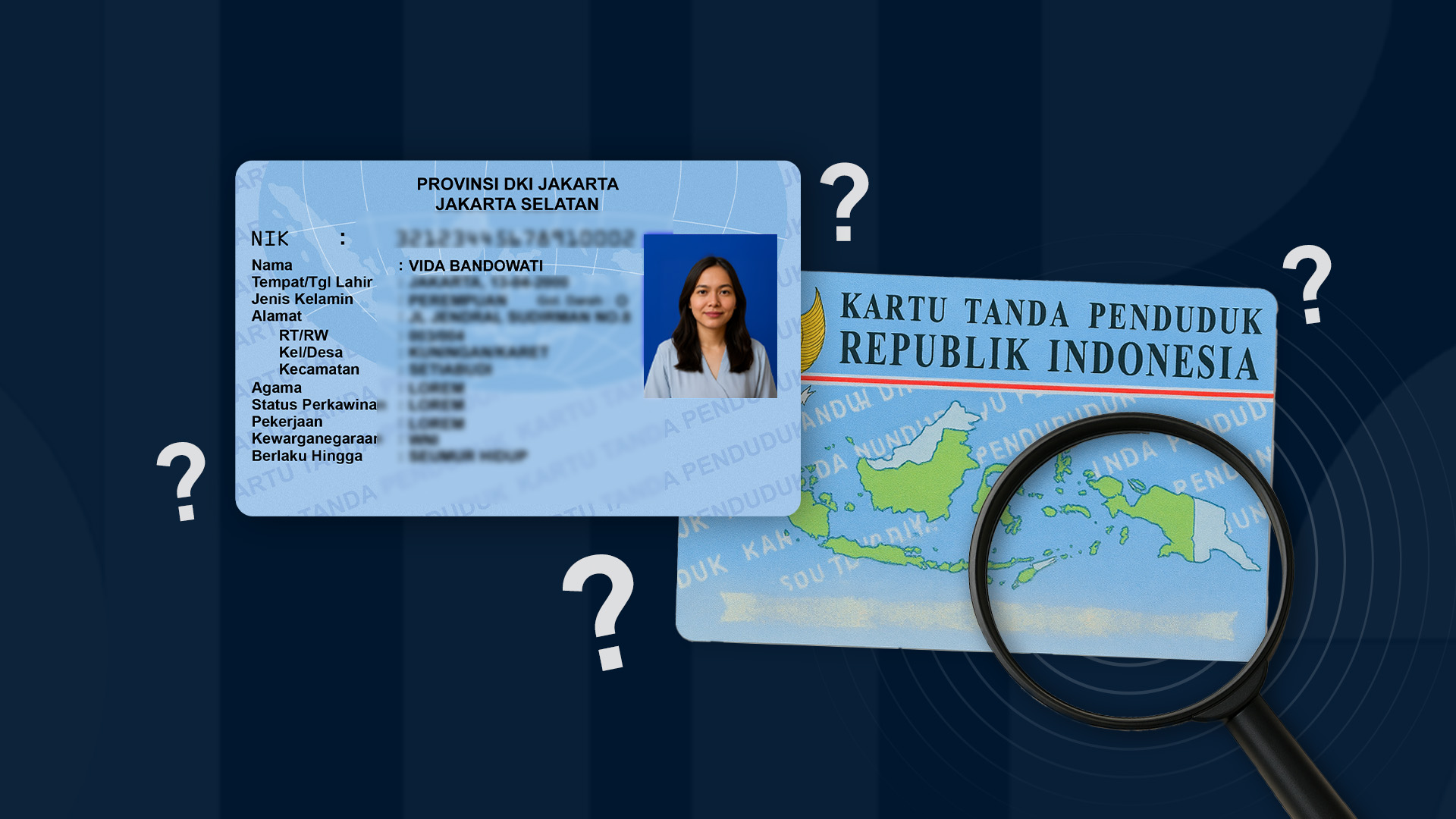Electronic Certificates are issued by Certificate Authorities (CA), such as those under the Ministry of Communication and Information Technology, for legally recognized digital signatures.
These certificates are widely used for secure communication, authentication, and data encryption in the digital world. They act as virtual credentials, verifying the identity of individuals, organizations, or devices in online transactions. However, the increasing reliance on Electronic Certificates raises security concerns and potential fraud risks.
Digital Identity Verification
Digital identity verification involves verifying an individual's or entity's identity online, typically by validating various digital credentials such as government-issued IDs, biometric data, or other relevant information. This verification can be integrated into the issuance, renewal, and revocation processes of electronic certificates to ensure their authenticity and integrity.
Key Benefits
1. Fraud Prevention
By verifying the identity of certificate holders through stringent authentication processes, digital identity verification helps prevent certificate fraud. This includes validating the authenticity of identity documents, verifying biometric data, or performing multi-factor authentication.
2. Integrity Protection
Digital identity verification also prevents tampering or alterations during the issuance or delivery of electronic certificates, thus ensuring their authenticity.
3. Efficient Management
Digital identity verification streamlines the lifecycle management of electronic certificates, automating the verification steps and reducing administrative costs and errors.
4. Regulatory Compliance
It helps banks comply with regulatory requirements by providing robust and auditable identity verification processes, ensuring adherence to anti-money laundering (AML) and know-your-customer (KYC) regulations.
In conclusion, digital identity verification is crucial in securing electronic certificates, ensuring their authenticity and integrity, and mitigating security risks in the digital world.

.png)


